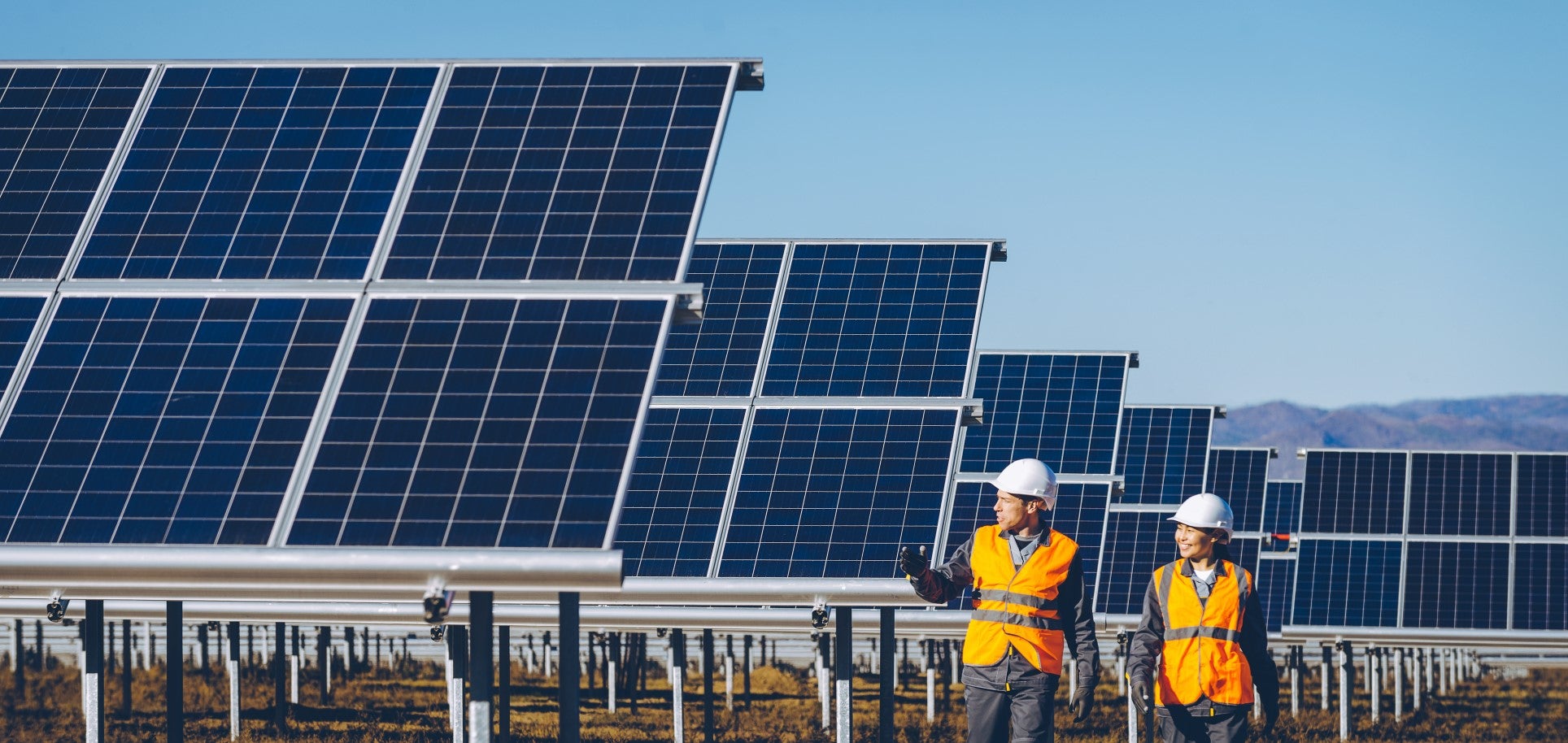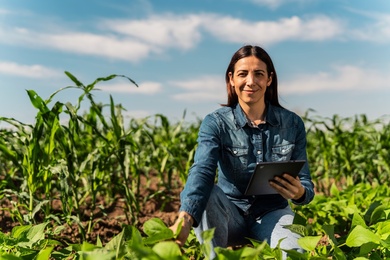The top 10 developing nations investing in clean energy

[caption id="attachment_2315" align="alignleft" width="359"] Investing in clean energy[/caption]
Investing in clean energy[/caption]
The results of this study suggest that renewable technologies can be just as cost-competitive in emerging parts of the world as they are in richer nations, and show how clean energy capacity added in these nations grew at a faster pace than in developed countries, more than doubling in the past five years and totaling 142 GW, more than France’s current capacity.
According to the Climatescope, these are the top 10 developing countries in clean energy investments:
Demand for clean energy is growing faster in these countries than in more developed nations. From 2008-2013, Climatescope nations added 142 GW of new, non-large hydro renewables capacity. That represented a 143% growth rate. By comparison, wealthier OECD nations added 213 GW, posting a clean energy capacity growth rate of 84%.
At a regional level, clean energy provided more than 92 TWh in 2013 to the Latin American and Caribbean’s 600m population,representing 6.4% of total energy generation. Adding large hydro generation, which is not included in the Climatescope survey, the region met more than half of its power demand through zero-CO2 emitting power sources.
To find out more, visit the Climatescope website: http://global-climatescope.org/
This blog was originally published on the Hablemos de Cambio Climatico y Sostenibilidad blog.
LIKE WHAT YOU JUST READ?
Subscribe to our mailing list to stay informed on the latest IDB Invest news, blog posts, upcoming events, and to learn more about specific areas of interest.
Subscribe




